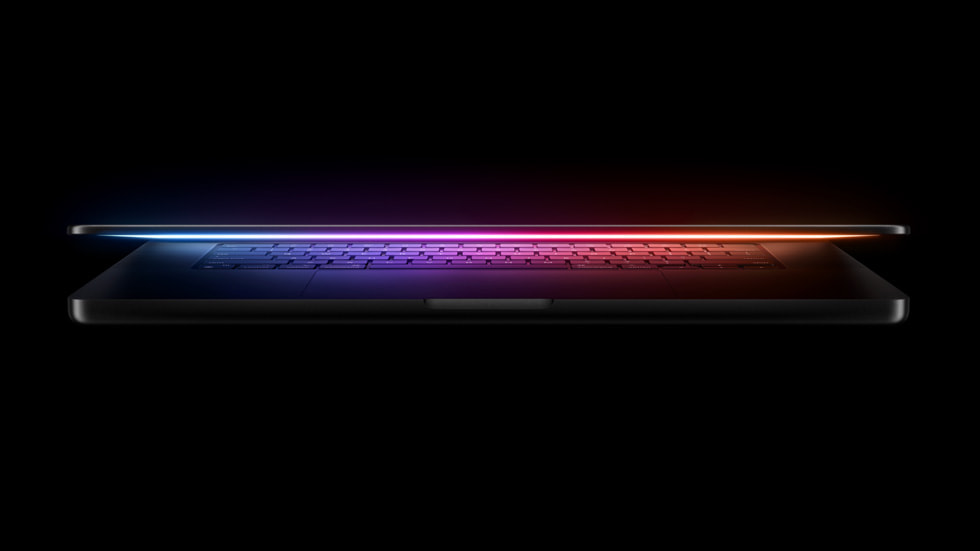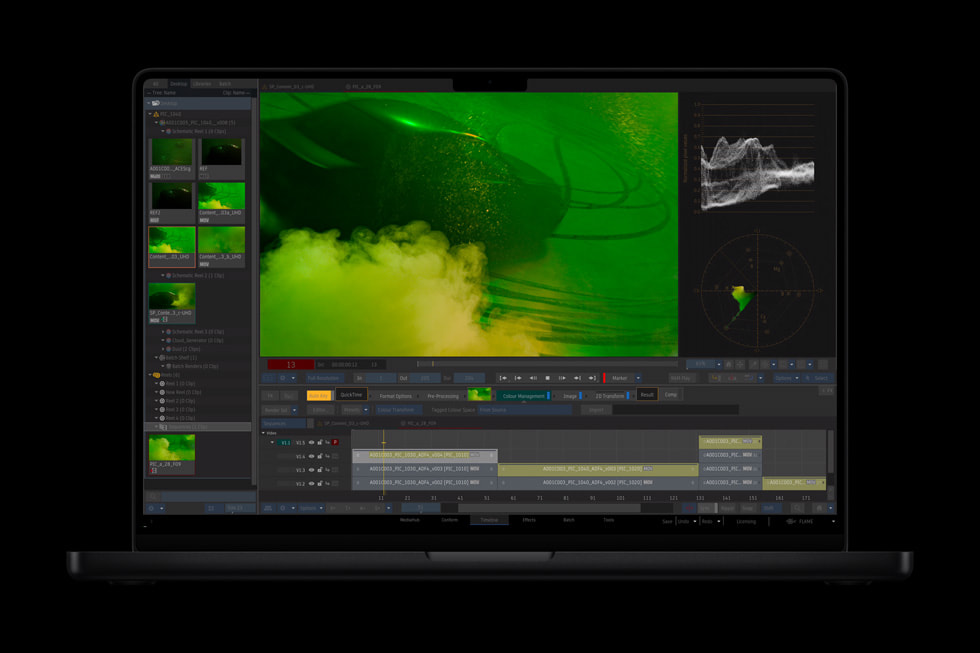Those who bought the M3 MacBook Air within the previous 12 months will be hurt by the price reduction, but everyone else will benefit.

New silicon has been released by Apple at a dizzying rate, sometimes in less time than the customary one year. Ten months after the M3, for instance, the M4 made its debut. As a result, Apple is updating its computer goods more frequently because it is not a good idea to offer a laptop with a chip that is not the most recent version available.
As a result, a new MacBook Air, this time powered by Apple’s most recent M4 chip, is released just 12 months after the previous update. The only physical change in this upgrade is the chip inside; aside from the new Sky Blue color way, it’s just a silicon bump. The chassis design, the number of ports, the memory use, and the display resolution are all identical to those of the M3 and M2 variants.
Stated differently, the M4 MacBook Air is a somewhat “boring” update, but that’s okay. Compared to smartphones, I am far more tolerant of laptops and tablets that have the same hardware, design, and appearance for years because they are desk-based productivity devices. It’s a far more intimate item than a phone that we carry about with us all the time.
MacBook Air m4 release date and price:
There is always someone looking to purchase a new MacBook, so these frequent updates make sense. Additionally, Apple’s MacBook are so popular and dominant, and Apple supporters are so devoted to the ecosystem.
Most unexpectedly, considering the rising cost of consumer electronics, Apple was able to lower the price of its latest MacBook Air series. The price of the 13-inch model is $999, while the price of the 15-inch model is $1,199. In comparison with the previous year’s M3 models, it costs $100 less.
I chose to review the larger 15-inch machine. For someone who works primarily from a laptop while on the go, it’s just the ideal size. The additional two inches of screen real estate is useful when navigating through a movie timeline in Final Cut Pro or when pinning two windows side by side.
Apple MacBook m4 Power and performance

An IPS LCD panel, which Apple refers to as “Liquid Retina,” has a resolution of 2880 x 1864 pixels, which is higher than 1080p, which is too low for the human eye to distinguish individual pixels. Having a maximum brightness of 500 nits, which is impressive for a laptop, and decent viewing angles without color shift, the screen really seem fantastic.
I do wish an OLED panel would give deeper blacks and that the refresh rate was 120 Hz rather than 60 Hz. It would be nice to have the ability to apply a matte, anti-reflective Nano texture coating, like the Pro MacBook, but these are little complaints.
The MacBook Air has six speakers that are concealed in the seams between the lid hinge and body. Unexpectedly, the MacBook Air produces complete audio with support for spatial audio for speakers that are out of the way. For most individuals, this makes the MacBook Air a good device for consuming media.
With backlit keys, more over 1mm of travel, a wide track pad that can be touched or clicked anywhere, and excellent haptic feedback, the keyboard and track pad are excellent as usual. I think the track pads on Apple’s MacBook and iPads are the best in the industry.
Only two USB-C connectors remain on the left side, in addition to a MagSafe port. A headphone jack is located on the right. Apple should, in my opinion, add an additional USB-C connector to the right. One of the ports on the left should be moved to the right, if not one additional. Awkward scenarios could arise if all the ports are on the left side, such when you wish to use an external screen on the laptop’s right side but need to run a cable all the way across to the left.
MacBook m4 chip power

What are the advantages of the M4 chip? The M4 doesn’t jump as high over the M3 as the M3 did over the M2. While the M4 is still based on the same 3nm design as the M3, it is a “second-generation” 3nm architecture and has more transistors than the M3, which had 28 billion against 25 billion.
Naturally, this means more power. But also greater efficiency. In my experience, the M4 MacBook Air lasts a little bit longer than the M3 when performing the same task. Even though I had 19 open Safari tabs and Spottily playing music during my three and a half hours of typing on this M4 laptop as I sat in a cafe, the laptop’s battery had only depleted 19%.
Additionally, the MacBook Air’s M4 chip enables it to connect to two external monitors while maintaining its screen—that is, three screens simultaneously. This was not possible with the M3 (maximum two screens). The M4 GPU outperforms the M3 by 30% in benchmarks, which is no small feat.
I used the M4 MacBook Air’s battery to edit several videos in Final Cut Pro, and there was never any lag, stutter, or delay in the system’s operation. A 12-minute 4K/30 movie was exported in less than five minutes, and everything went without a hitch.
A New Era with Apple Intelligence on the Mac

The new laptop comes pre-installed with MacOS Sequoia. Along with a somewhat more powerful Apple Intelligence, it offers several helpful new capabilities like the ability to mirror an iPhone on the laptop screen. Additionally, there is automatic windows tiling, which enables quicker multitasking by simply moving a window to the left or right side of the screen and having it snap into the exact left or right half of the screen.
MacOS has been my preferred computer platform for the past six to seven years, and I like it far more than Windows. Sequoia carries on the upscale experience.
Ultimately, the MacBook Air is the world’s bestselling laptop for a reason, and with a new chip and cheaper price, the M4 variants will continue that domination.